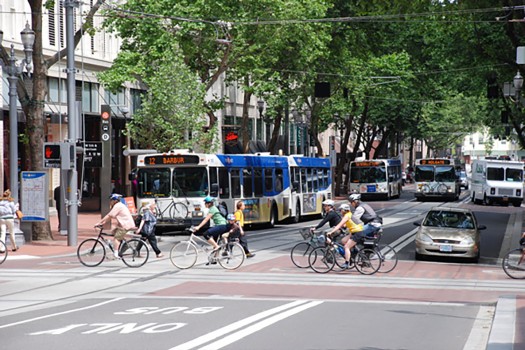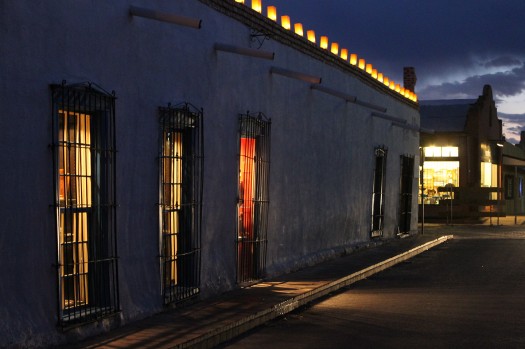Mixing Light Industrial with Residential: The artisan’s delight
We’ve talked extensively here on PlaceShakers about how to integrate industrial uses into walkable neighborhoods. And the sorts of land use modifications, often via form-based codes, that are necessary to enable these uses within safe parameters. This week in Berlin, I was particularly inspired by the example set by Hackeschen Höfe, for mixing artisanal manufacturing…
Read MoreIrony and Inevitability: Stumbling towards accountable public policy
By Wednesday morning, we’ll know which political party gained and which lost ground in Congress. As for learning about the direction of federal policy and its short-term impacts in states, regions and local communities: Not so much. But not for long. That’s because time is running out on the baked-in paralysis in Washington. Despite vows…
Read MoreAn Interview with Kaid Benfield, Newly-Announced ‘Senior Counsel’ for PlaceMakers
Many of you know — or know of — Kaid Benfield, who’s led smart growth and sustainability initiatives at the Natural Resources Defense Council for two decades. Kaid is stepping down from his NRDC post. And we’re delighted to announce that he’ll become Senior Counsel for Environmental Strategies for PlaceMakers, effective the first of January.…
Read MoreGoing Viral, but Not in a Good Way
Hello, you in the hazmat suit. Can we talk? Though no one can authoritatively predict, from an epidemiology perspective, what will happen next, Ebola reached new levels of infection in the body politic last week. Republicans and Democrats seem pretty sure they’ve identified likely sources of toxicity. And it should come as no surprise that…
Read MoreA Comprehensive Accounting of Economic and Environmental Performance: Who’s in?
For the last several decades, North American cities have used growth as a primary economic engine. Increasingly less dense new growth is subsidized by the more dense core, but requires a growth rate that is not supportable by the market cycle in most places today. As growth rates stalled, decreased, or went negative, city budget…
Read MorePlacemaking: Preserve, repair, intensify
Placemaking often comes down to preserving, repairing, or intensifying urban or rural landscapes with public spaces at the heart of each neighborhood. Creative placemaking can take that to another level, helping to tease out the character of a place and celebrate it in an unusually insightful and invigorating way. A way that reaches deeper into…
Read MoreWhat This Innocuous Piece of Plastic Says About Our Suburban Future
Okay. So here we are, out west, working on a county-level comprehensive plan. It’s a big county, which means that each day we meet in the lobby of our centrally-located hotel, then journey caravan-style out to one of the various communities we’re serving over the course of a week. Until we get where we’re going,…
Read MoreWhy Placemaking Matters: The ROI of Cities
Thanks to all of you who made last week’s Why Placemaking Matters: What’s in it for me? conversation so interesting. Robert Steuteville, editor of Better! Cities & Towns, jumped in with his own elevator pitch that beautifully connects much of the wonk-speak that I listed last week. Kaid Benfield from Washington D.C. and Brent Bellamy…
Read MoreWhy Placemaking Matters: What’s in it for me?
When a mayoral candidate from my city wrote me to ask me to repeat in writing what I’d said the night before, I realize I need to de-wonk and make my elevator speech more memorable. Why does city planning matter to people who aren’t urban designer types? If I could take an extra five minutes…
Read MoreYou’ve Got Lemons: What now?
A few months ago, I wrote about Leawood, Kansas’ efforts to shut down Spencer Collins’ Little Free Library because it constituted an illegal accessory structure. What made the story interesting is that, while certain advocates were using it as an example of government overreach, a closer look at the facts on the ground revealed that the…
Read More


